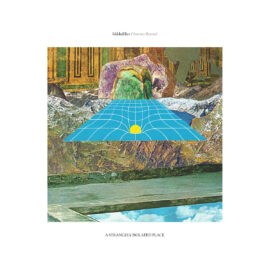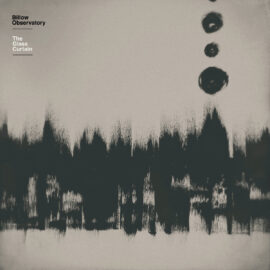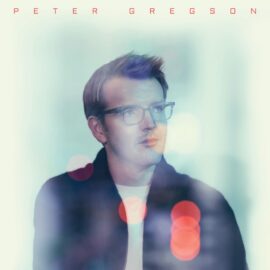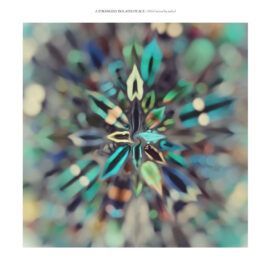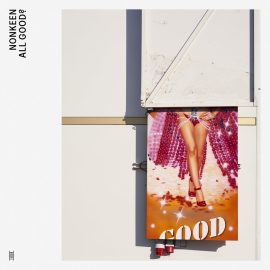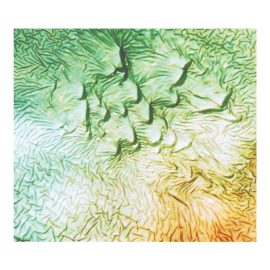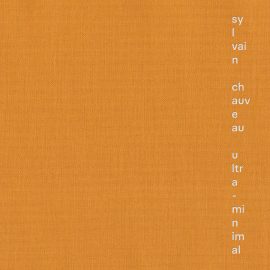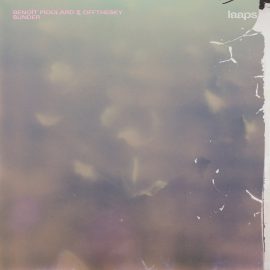 Gui Boratto The K2 Chapter K2 / Kompakt Gui Boratto had been pumping out music for a little while before he connected with Kompakt and the kick-off of their K2 imprint, but it was on one of those K2 records that I first discovered what a talent Boratto had for smart, slick dance music. While I haven’t heard all of the catalogue, K2 always struck me as the logical extension of Kompakt after the label began to migrate toward less minimal sounds; going back through the Kompakt discography, many of its early releases would have fit right in with the K2 stuff much more so than any of the more broadly palatable stuff on Kompakt. I perceived it as the Kompakt guys’ way of saying, “Hey! We still got it.” And so these tracks are devoid of any of the pop flavor that helped make Boratto’s “Beautiful Life” track a breakout for Kompakt on his Chromophobia album, back in 2007. Instead they are clean and tightly crafted dancefloor tracks and DJ tools, highly functional but also executed with near perfection. “Sozinho” will always be a favorite of mine, with a slightly slower tempo and tinges of electro-house in its buzzing bass and distorted patterns, all structured within a neat and tidy techno framework. Paired with “Noronho” they are probably the “smallest” of the set, sounding more miniaturized and insular compared to the more bombastic warehouse reverb of “Chains” or the spatial play of “Gate 7.” Despite the fact that most of these tracks originally circulated 5 to 10 years ago (!) they still sound just as tight as ever. It’s nice to hear them collected in one place as a contrast to Boratto’s pop flirtations that have been peppered through his other output, showing that he’s a talent to be reckoned with regardless of genre.
|
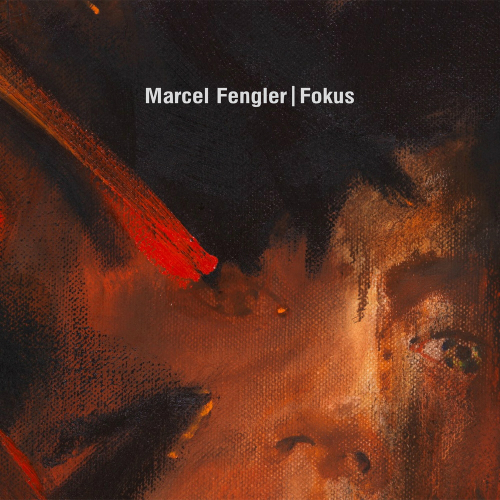 Marcel Fengler Fokus Ostgut Ton French producer Marcel Fengler shows off his chops once again with his first full-length album for esteemed techno institution Ostgut Ton. His singles in the past have ranged from total techno bangers to leftfield, angular dancefloor gems, and Fokus seems to veer toward the latter, consistent with his other output on the label. Not every track on Fokus is DJ-friendly, but it does flow quite well as an album. It starts off slow with the beatless intro followed by the dreamy opening stretch of “Mayria,” all pads and airy, floating vocals until the beat comes into focus (fokus?). Even then, though, “Mayria” is not exactly a club track, its broken beat and bit-crushed percussion chug in syncopation with a bob of the head more than fancy footwork. On “The Stampede,” Fengler demonstrates the sound that he’s known for, a no nonsense techno track that is heavy on snare fills and looping sixteenth note repetition. It’s probably the most pared down of the album, focused almost entirely on rhythm and little else. With the full-length format, Fengler is free to color outside the lines more, and “High Falls” is such a case, where filtered pads are modulated in rhythm without a beat. “Distant Episode” also shies from the dancefloor, relying on looping textures and pads anchored by a muted, underwater kick drum that feels more like a pulse than a beat. It’s interesting to hear Fengler sprawling out over a full-length album format instead of his usual more concise EPs of the past. In that sense, Fokus is much broader in scope and sound; Fengler is still cranking out quality jams that work on a dancefloor and on headphones equally, but he also has more latitude to explore less functional music here.
|
|
 Marcel Dettmann Dettmann II Ostgut Ton Marcel Dettmann’s second album continues his trajectory of deep, slick minimal techno. It starts off with a murmur in “Arise,” a prologue to the aptly named following track, “Throb.” With that a pervasive kick drum launches things into motion, and the track does just what it says it will, throbbing with a repetitive and constant synth pattern over the span of five and a half minutes. That Dettmann never introduces a single other drum sound in this one is surprisingly effective, letting modulation on the synth drive the entire track. Such is Dettmann’s modus operandi, putting the “minimal” in “minimal techno” with no qualms or frills. He reduces his arrangements to the bare essentials and treats every detail with attention. It’s not all completely severe, though, either; Dettmann breaks up the album with some interludes that are a welcome diversion as well as one obvious standout track that breaks away from the 4/4 kick. “Seduction” is a collaboration with vocalist Emika and is easily the highlight of the tracklist, positioned smartly in the center of the album. It’s built around punchy irregular kicks and Emika’s floating, ghostly vocal, recalling some of the more abstract tracks on Dettmann’s first album. My other favorite track is “Lightworks,” revolving around a startlingly melodic, dark synth pattern while some more subtle details propel it forward at a patient but steady clip. Elsewhere, beatless interludes like “Shiver,” “Stranger,” and “Outback” add some depth and contrast to the album’s sequence to great effect. Because Dettmann’s aesthetic tends to be quite minimal, I would say it’s not for everyone. But for techno enthusiasts, I think Dettmann II is almost as pure as it gets.
|
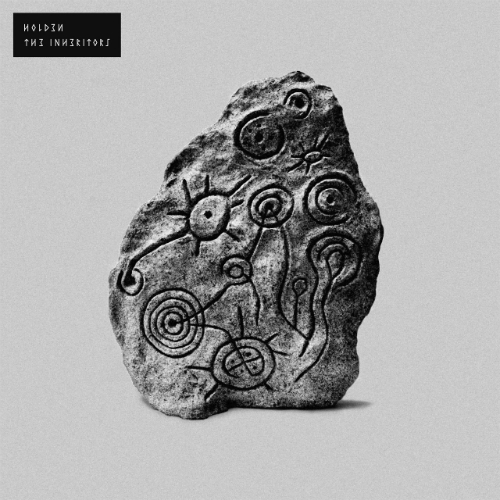 Holden The Inheritors Border Community James Holden’s second full-length album on his own Border Community imprint is likely to throw his fans for a loop. It couldn’t be more different from the neo-trance anthems that made a name for him 10 years ago, but those who’ve listened closely over the years will surely know his hand at work here. His first album, The Idiots Are Winning, turned his knack for pretty melodies and hardware grooves on its side, still delivering those infectious patterns and hooks but making it all a little rougher around the edges, willing to dip a toe into the unknown. The Inheritors, seven years later, pushes the boundaries considerably further and is surely transformative. It’s a triumph from a man who’s unafraid to take chances, to challenge himself creatively, to trump dancefloor conventions while still operating ostensibly within the periphery of dance music culture. Because of the nature of the gear used, there is something almost automatically timeless about these tracks, owing as much to the motorik sprawl of krautrock as techno. Lead single sets the tone well, with its swirling, squirming synth arpeggios that shimmer and shake. It’s an interesting choice for a single, announcing loud and clear that this is not another “Break in the Clouds.” It’s anchored by a plodding, slow kick and supporting toms and sounds that betray most dancefloor conventions, but it makes up for it with a lurching, infectious momentum. Paired with the title track, it’s the turbulent, writhing center of an album that positively vibrates with energy. Whereas Holden’s early trance tracks might conjure up visions of after hours sunrise or slow-moving cloud formations, these tracks are primal, nature untamed.
|
|
©
Sound Byte Reviews by Matthew Mercer of Ear Influxion.
Republished with permission of the author.


